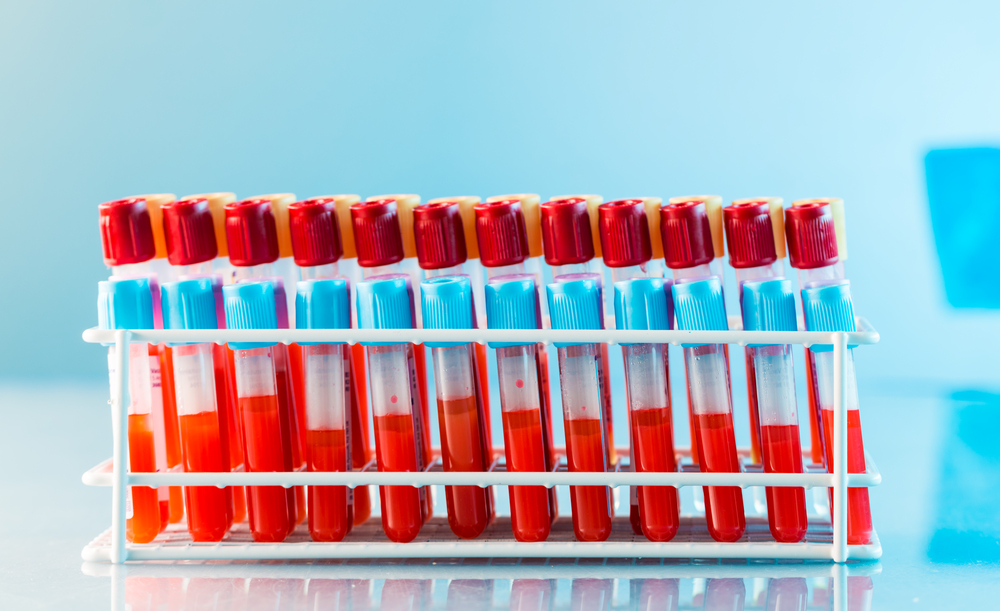New Biomarker May Help Predict Response to Preventive Treatment with Factor VIII, Study Shows

New evidence suggests that a parameter called FVIII-EC50 has potential as a new way to predict the response of an individual with severe hemophilia to preventive treatment with FVIII, according to a small study.
The study “Evaluation of EC50 of factor VIII as predictor of prophylaxis efficacy in patients with severe haemophilia A” was published in the European Journal of Pharmaceutical Sciences.
Increasing studies show that the levels of factor VIII — the clotting factor whose levels are defective in people with hemophilia — are not a reliable indicator of the risk of bleeding and, consequently, of the potential effectiveness of preventive (prophylactic) treatment for severe hemophilia A.
“Tests addressing personal hallmarks other than FVIII activity to predict bleeding phenotype in patients with haemophilia would offer considerable clinical benefits,” researchers wrote.
Thrombelastography is a laboratory test that assesses clot formation and destruction, but few studies have tested its usefulness to assess the effectiveness of prophylaxis in hemophilia patients.
Researchers analyzed a group of 19 adolescents (younger than 18 years) with severe hemophilia A (without signs of inhibitors) on long-term preventive treatment with FVIII. Of the 19 patients, six had at least one spontaneous bleeding event that required treatment in the two years preceding the study and were categorized as “bleeders.” The remaining patients were categorized as non-bleeders.
Whole blood was withdrawn before FVIII administration and at five time-points after infusion for the thrombelastography test to assess the therapy’s pharmacodynamics (what a medicine does to the body) and pharmacokinetics (what the body does to a medicine, referring to the movement of the therapy through the body) profiles.
Researchers hypothesized that the outcomes of the lab test may help discern patients who exhibit a bleeding tendency from those who do not.
Ten patients completed the five post-infusion timepoints, while five patients missed one time-point, and four missed two time-points.
The thrombelastography analysis over time showed that the procoagulation activity of patients decreased with time after dosing with FVIII. The therapy’s effectiveness tended to be weaker in the group of bleeders compared to the non-bleeders, although researchers saw no significant statistical difference.
Moreover, the “half maximal effective concentration” of FVIII (FVIII-EC50) — a parameter that describes the concentration at which a therapy induces a response halfway between no response and maximum response — assessed in the thrombelastography test was significantly higher in bleeders, which suggests a poorer response to FVIII.
Overall, these findings support the “FVIII-EC50 for the first time as a valuable biomarker to anticipate individual efficacy of prophylaxis in SHA [severe haemophilia A],” the study concluded.






